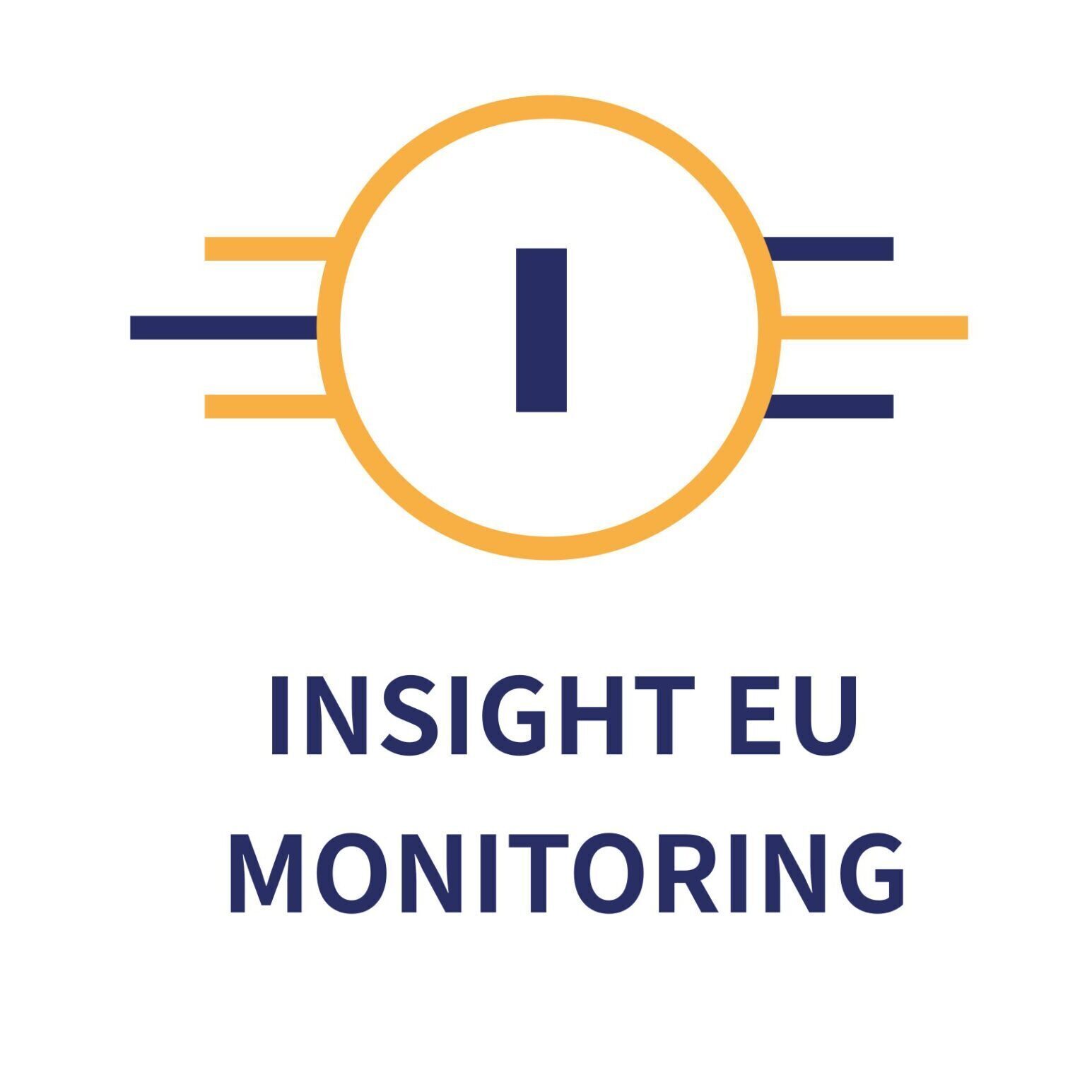Luxembourg, 3 April 2025
- All member states allocated at least 20 % of their EU pandemic recovery money to digital investments.
- Funds were not primarily used to tackle the main digital needs.
- The RRF’s true impact on the EU’s digital transition is unclear due to broad, misaligned progress indicators.
The EU’s pandemic recovery fund, the Recovery and Resilience Facility (RRF), was intended to serve as a transformative driver of the EU’s digital transition, but this opportunity was not fully exploited, according to a new report by the European Court of Auditors (ECA). As the largest funding instrument for the EU’s digitalisation, the RRF allocates nearly €150 billion – about two-thirds of the EU’s overall €235 billion digital budget for 2021-2027. However, the auditors note that RRF spending in this area was not always effective, as the EU member states were not required to prioritise measures that address their main digital needs.
As one of the RRF’s key objectives is to support the digital transition alongside the green transition, EU countries are required to allocate at least 20 % of the total budget of their recovery and resilience plans to digital reforms and investments.
The auditors criticise a conceptual ambiguity in the RRF Regulation that hampered targeted use of the funds in the member states. Although the Regulation identifies “the digital transition” as a key objective and outlines areas for digital intervention, it does not provide a clear definition of the term. As a result, national governments were able to propose a wide range of measures for inclusion in their RRF plans, as long as they believed that the measures met this requirement. However, investing solely in digital measures does not automatically translate into meaningful progress in the digital transition.
“While all member states met or even exceeded the 20 % threshold for allocating RRF money to digital measures, the process lacked strategic focus”, said Ildikó Gáll-Pelcz, the ECA Member in charge of the audit. “Member states were not required to prioritise their main digital needs. Some countries therefore used the funding to enhance areas where they were already performing well, rather than tackling their weakest points. We see this as a missed opportunity, as it dilutes the RRF’s potential to drive the digital transition”.
The auditors also noted that implementation delays are more widespread than reported by the Commission. By early 2024, member states reported that they had implemented 31 % of digital milestones and targets, which is six percentage points below the initial indicative timetable. A detailed assessment in the five EU countries they audited shows that almost half of the milestones and targets they examined were delayed: as of October 2024, 31 of 67 milestones and targets were behind schedule because some of them were modified, postponed, or replaced with new ones.
The opportunity to implement long-term multi-country projects was also barely used. Such cross-border projects could play a crucial role in advancing the EU’s digital technologies and capabilities. However, the auditors found that EU countries included only 60 multi-country measures out of more than 1 000 digital measures, amounting to approximately €5 billion (or 3.3 % of RRF digital funding). This limited focus on multi-country initiatives highlights a key tension between the RRF’s short implementation period and the long-term implementation window generally required for such complex projects.
Lastly, the RRF’s performance framework is not well suited to assessing the results and impact of EU funding in achieving the digital transition. The indicators used to track progress towards this objective were too broad, focus mostly on outputs, and not well aligned with those of the EU’s existing digital strategy. In addition, member states did not use appropriate common indicators – or used inconsistent and inaccurate data – when reporting on around 60 % of the investment measures audited. This significantly limits the ability to accurately measure the contribution of the RRF reforms and investments to the digital transition. As a result, the RRF’s potential to serve as a transformative driver of the EU’s digital transition may not be fully realised.
Background information
In February 2021, the EU established the Recovery and Resilience Facility (RRF) with an initial budget of up to €724 billion. The aim was to mitigate the economic impact of the COVID-19 pandemic and make member states’ economies more sustainable, resilient, and better prepared for the challenges and opportunities of the green and digital transitions. By the end of 2024, the European Commission had committed €650 billion (€359 billion in grants and €291 billion in loans).
The audit covers the period from February 2021 to March 2024, with some additional analysis until the end of 2024, enabling an assessment of both the design and – where applicable – the implementation of digital components in the national recovery and resilience plans.
The audit looked into whether all member states fulfilled the requirement to allocate 20 % of their RRF budget to digital measures, and included visits to five member states (Denmark, France, Italy, Luxembourg and Romania), where 27 digital measures selected from their national plans were examined. The measures were chosen for their relevance to the digital transition, significance, coverage of various digital policy areas, and implementation status.
Read the ECA Report
Read the EU Commission Replies
Related links
Source – ECA
